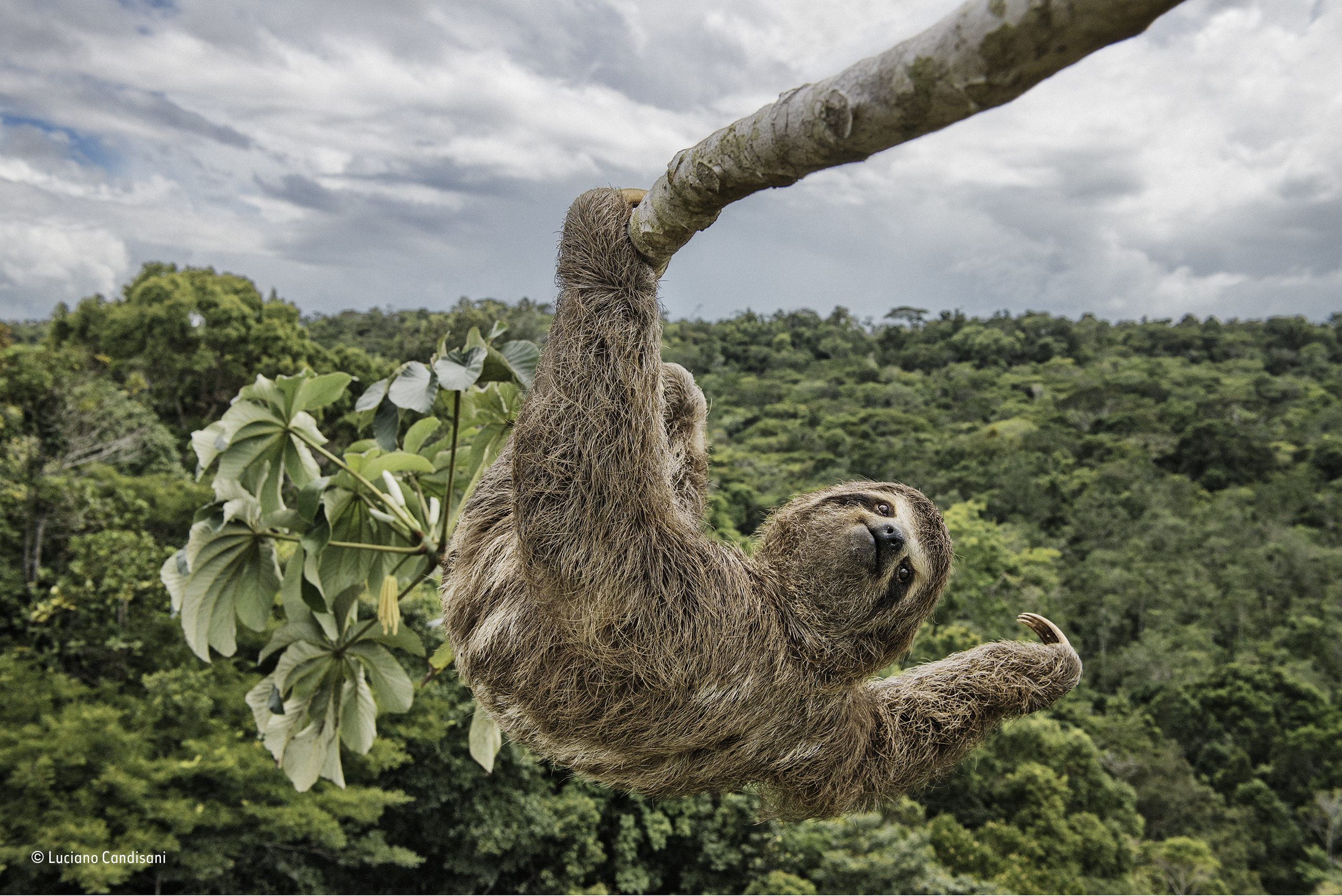
THE Earth’s largest rainforest is losing the race with climate change, researchers claim.
A study has found that the Amazon rainforest is adapting to drier conditions, but not at a rate fast enough to keep up with the changing environment.
International scientists led by a team from the University of Leeds used long-term records to track the lives of individual trees across the Amazon basin.
They found that since the 1980s, moisture-loving trees had been dying at a faster rate than other species, and not being replaced by those more suited to dry climates.
Dr Adriane Muelbert, from the University of Leeds’ School of Geography, said: “The ecosystem’s response is lagging behind the rate of climate change.
“The data showed us that the droughts that hit the Amazon basin in the last decades had serious consequences for the make-up of the forest, with higher mortality in tree species most vulnerable to droughts and not enough compensatory growth in species better equipped to survive drier conditions.”
However, the team found that there were climate change winners as well as losers.
Bigger trees, predominantly canopy species, were out-competing smaller plants.
They are thought to be benefiting from more carbon dioxide in the atmosphere, which may allow them to grow more quickly.
In addition “pioneer” trees – trees that quickly spring up and fill gaps left when trees die – were doing relatively well.
Co-author Dr Kyle Dexter, from the University of Edinburgh, said: “The impact of climate change on forest communities has important consequences for rainforest biodiversity. The species most vulnerable to droughts are doubly at risk, as they are typically the ones restricted to fewer locations in the heart of the Amazon, which make them more likely to be extinct if this process continues.
“Our findings highlight the need for strict measures to protect existing intact rainforests. Deforestation for agriculture and livestock is known to intensify the droughts in this region, which is exacerbating the effects already being caused by global climate change.”
The research is reported in the journal Global Change Biology.

Enjoy the convenience of having The Sunday Post delivered as a digital ePaper straight to your smartphone, tablet or computer.
Subscribe for only £5.49 a month and enjoy all the benefits of the printed paper as a digital replica.
Subscribe